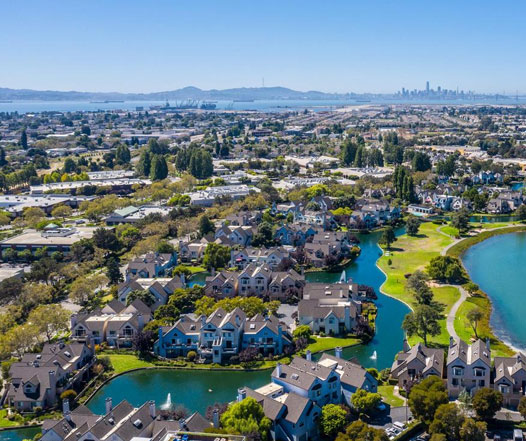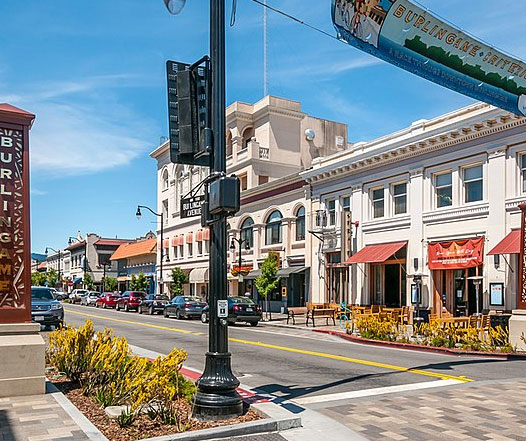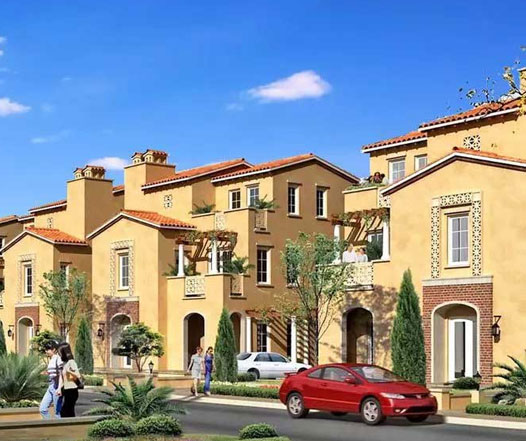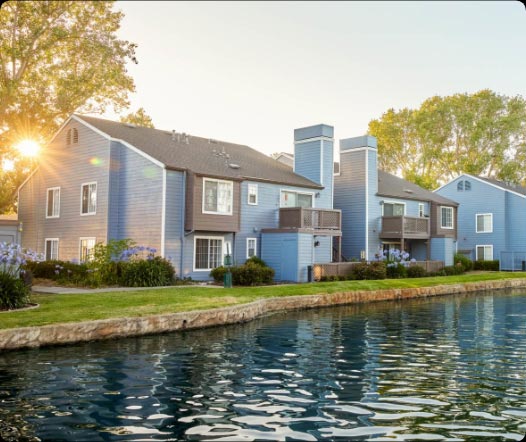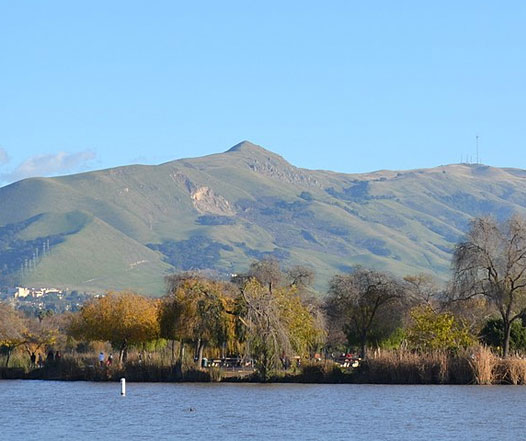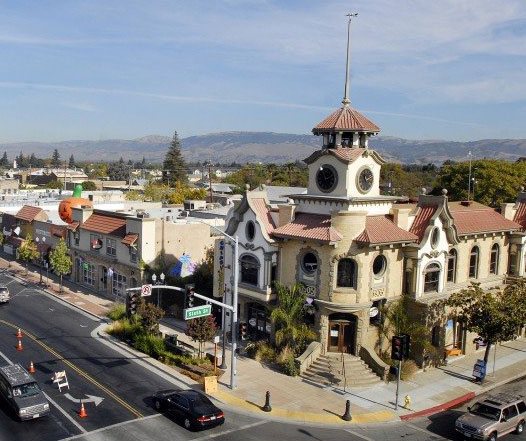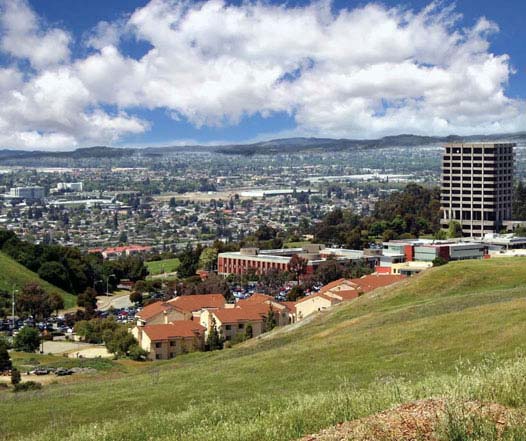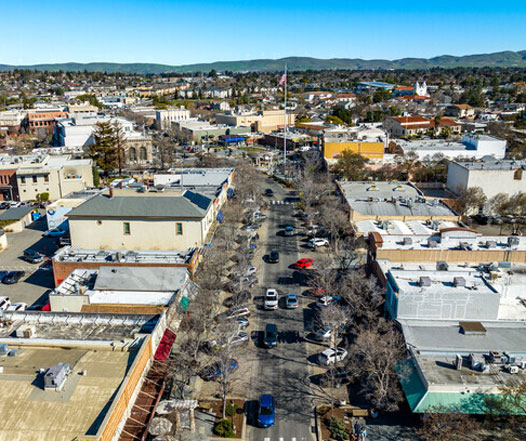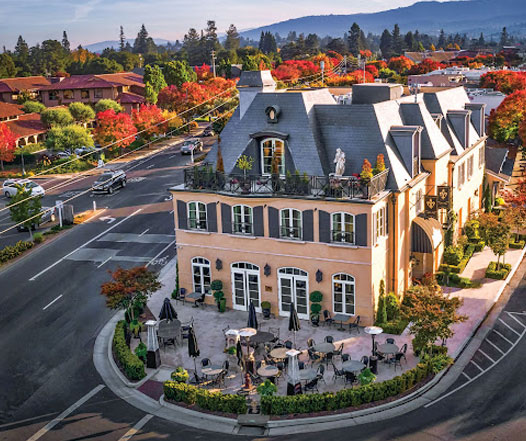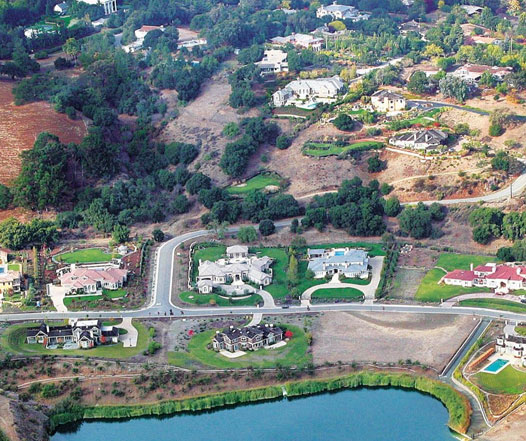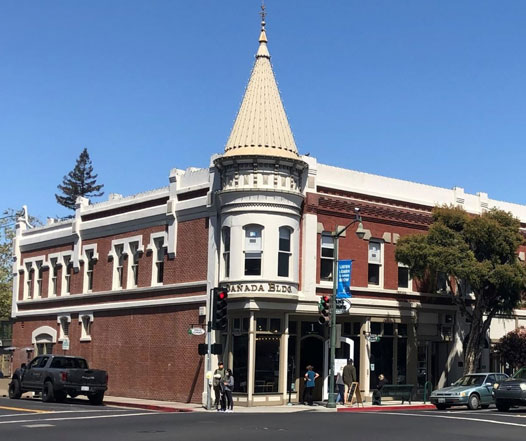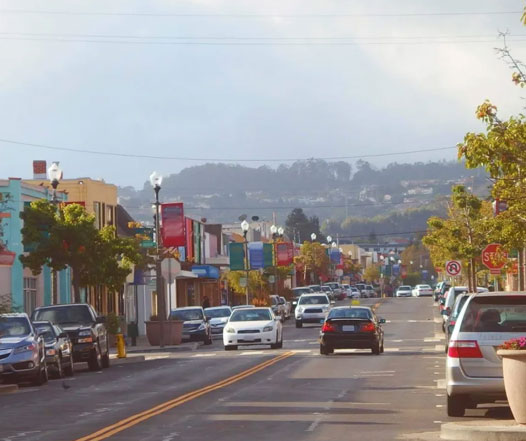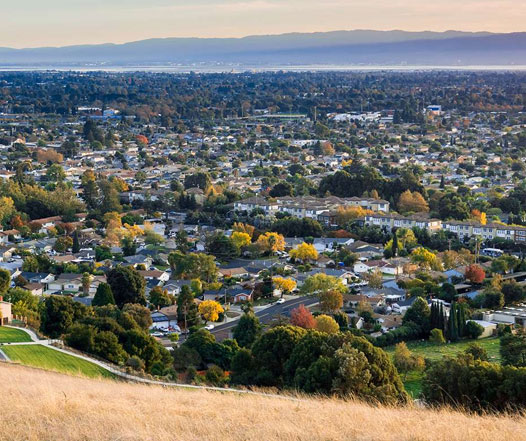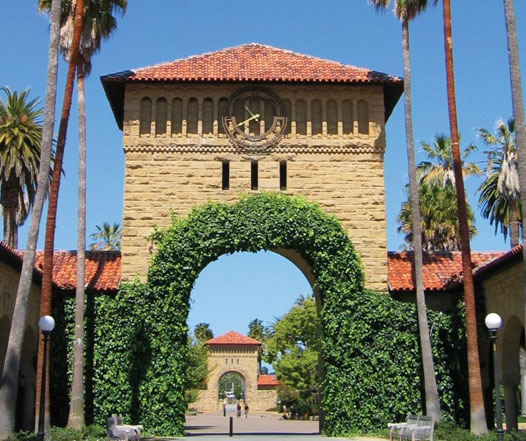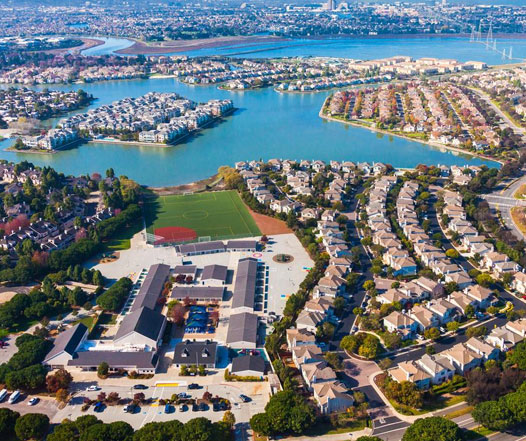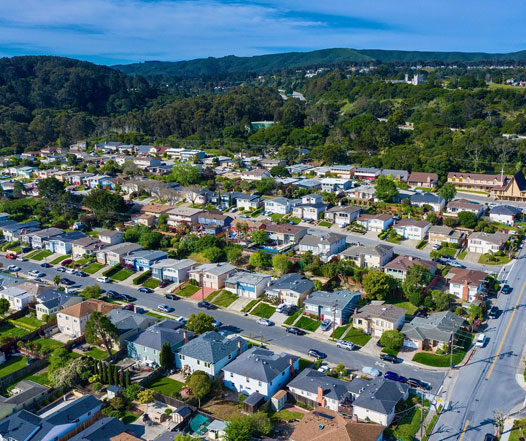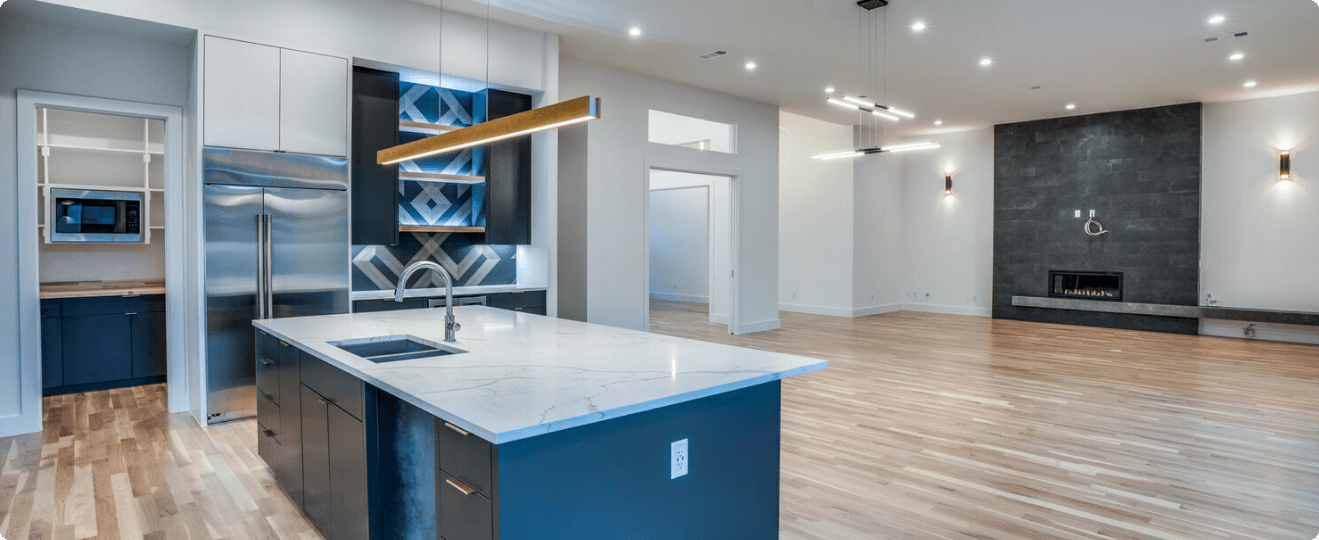
Introduction
Redwood Estates’ regulations for Accessory Dwelling Units (ADUs) are designed to balance community character with the need for additional housing options. These regulations ensure that ADU developments are well-integrated into the neighborhood, maintaining the aesthetic and functional integrity of the area. “ADU Specialist Bay Area” offers expertise in navigating these regulations, providing guidance on design, permitting, and construction to streamline the ADU development process in Redwood Estates.
Essential ADU Rules for Redwood Estates
What you can build
Maximum size
Up to 1200 square feet for detached ADUs.
Side / rear setbacks
Minimum of 4 feet.
Two stories
Permitted with specific design requirements.
Building separation
Minimum of 10 feet from the main dwelling.
Permitting timeline
Standard
Typically 60-90 days.
Coastal
May require additional review time.
Zoning Regulations in Redwood Estates
Redwood Estates’ zoning regulations ensure ADUs harmonize with existing residential zones. Specific zones include R-1, R-2, and R-M, which outline the types and densities of ADUs permitted.
ADU Size Limitations
| Lot Size | Single-Family (Maximum Floor Area Allowed) | Duplex and Multi-Family (Maximum Floor Area Allowed) |
| Under 7000 | 700 sq ft | Not permitted |
| 7000 - 9999 | 800 sq ft | 1 ADU + 400 sq ft per existing unit (up to 1000 sq ft max) |
| 10000 - 12999 | 900 sq ft | 1 ADU + 450 sq ft per existing unit (up to 1000 sq ft max) |
| 13000 - 19999 | 1000 sq ft | 1 ADU + 500 sq ft per existing unit (up to 1000 sq ft max) |
| 20000+ | 1000 sq ft | 1 ADU + 550 sq ft per existing unit (up to 1000 sq ft max) |
ADU Height Limitations
ADUs in Redwood Estates must not exceed 16 feet in height unless specific design considerations are met.
Building Coverage
Building coverage for ADUs should not exceed 40% of the total lot area.
Location
| Property Type | Location Requirement |
| Single-Family Homes | Attached ADUs: Within existing dwelling footprint |
| Detached ADUs: Rear or side yard placement | |
| Junior ADUs (JADUs): Within existing dwelling | |
| Duplex and Multifamily | Attached ADUs: Within existing building footprint |
| Detached ADUs: Rear or side yard placement |
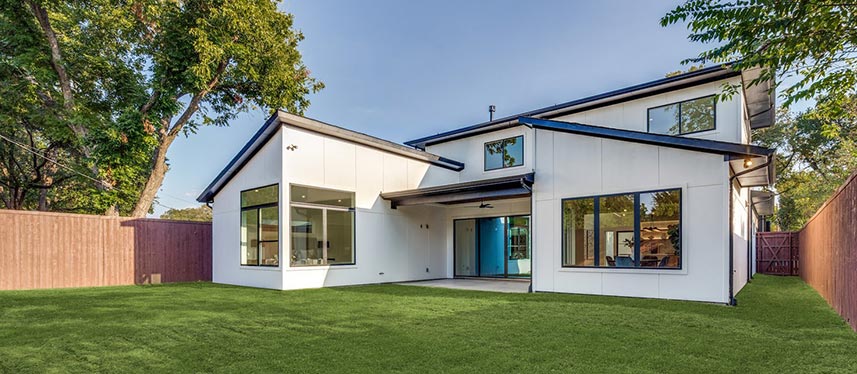
Exterior details
ADUs must match the architectural style and exterior materials of the primary residence to maintain neighborhood aesthetics.
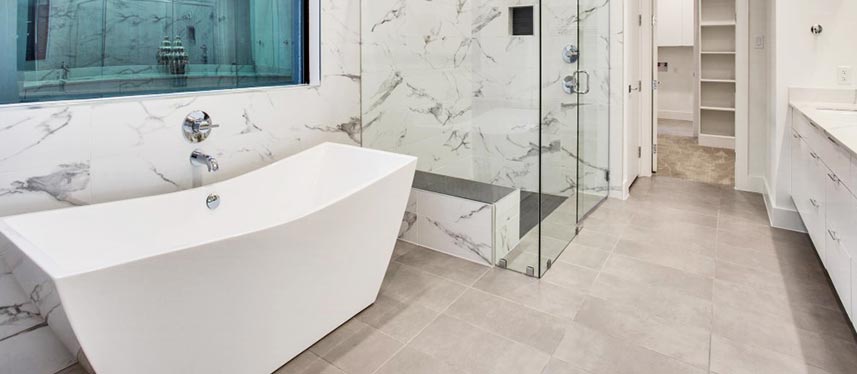
Parking
One parking space is required per ADU, which can be provided as tandem parking on an existing driveway.
Setbacks and buffer zones
ADUs must have a minimum setback of 4 feet from side and rear property lines to ensure privacy and safety.
Minimum Lot Area
| Lot Size | Minimum Lot Area for ADU | Description |
| Under 7000 | ADUs not permitted | Limited space for development |
| 7000 - 9999 | 7000 sq ft | Suitable for small ADUs |
| 10000 - 12999 | 10000 sq ft | Moderate space for ADUs |
| 13000 - 19999 | 13000 sq ft | Ample space for larger ADUs |
| 20000+ | No minimum lot area requirement | Flexible development |
Connection for utilities
All ADUs must be connected to the main residence’s utilities, including water, electricity, and sewer systems.
Fire safety
ADUs must comply with local fire safety regulations, including the installation of smoke detectors and fire-resistant materials.
Room specifications
- Sleeping Areas: Must have at least one legal bedroom with an egress window.
- Kitchen: A functional kitchen with a sink, stove, and refrigerator is required.
- Bathroom: Must include a toilet, sink, and shower or bathtub.
- Storage: Adequate storage space, such as closets or cabinets, is necessary.
Short-term Rentals and Home Occupations Regulations
Short-term rentals of ADUs are regulated, with minimum rental periods typically required to prevent frequent turnover.
Building Codes
All ADUs must adhere to the current building codes, including structural, electrical, and plumbing standards.
Redwood Estates ADU Permit Guidelines
| Permit Type | Description | Estimated Fee |
| Building Permit | Required for ADU construction. | $2500 - $5000 |
| Electrical Permit | For electrical work. | $400 - $700 |
| Plumbing Permit | For plumbing work. | $400 - $700 |
| Mechanical Permit | For HVAC installations. | $400 - $700 |
| Grading Permit | For land grading. | $300 - $500 |
| Site Development Permit | For site-related work. | $300 - $500 |
| Zoning Permit | For zoning compliance. | $200 - $400 |
Property Requirements
Properties must meet specific criteria, including size and zoning, to qualify for ADU development.
Parking
Adequate parking must be provided, typically one space per ADU.
Front setbacks
ADUs must be set back a minimum of 20 feet from the front property line.
Side and rear setbacks
Minimum side and rear setbacks are 4 feet to ensure privacy and accessibility.
Open space and rear yards
ADUs must not occupy more than 40% of the rear yard to preserve open space.
Properties That Qualify
To determine your property’s eligibility for ADU development, contact the Redwood Estates Planning Department.
- Verify that your property is within Redwood Estates’ jurisdiction.
- Check the specific residential zones that permit ADUs. Common zones in Redwood Estates include R-1, R-2, and R-M.
- Other General Plan designations that permit ADUs:
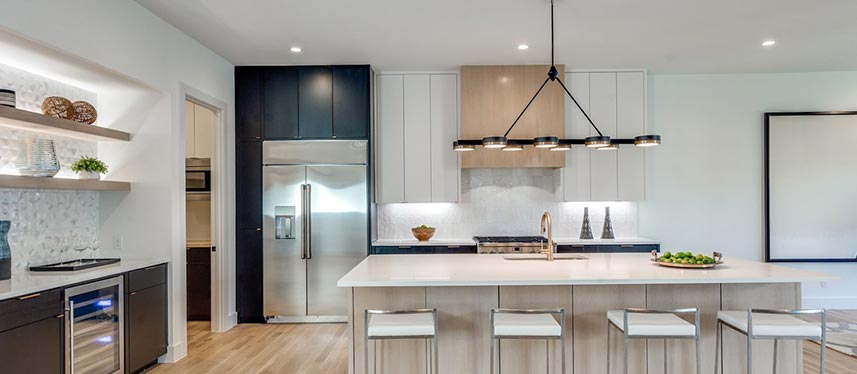
- Residential Mixed-Use (RMU): Allows for diverse housing options within mixed-use developments.
- Transit-Oriented Development (TOD): Encourages ADUs near public transit to reduce car dependency.
- Specific Plan areas: Certain areas have specific plans that outline ADU regulations and incentives.
Development standards
Single-family
- Attached: Must be within the existing dwelling footprint.
- Detached: Located in the rear or side yard, maintaining the primary dwelling’s style.
Duplex properties
- Attached: Within the existing duplex structure.
- Detached: Positioned in the rear or side yard, adhering to design guidelines.
Multifamily properties
- Attached: Within existing multifamily building footprint.
- Detached: Rear or side yard placement, conforming to multifamily design standards.
Junior ADUs (JADUs)
JADUs are smaller units within the primary residence, often repurposing existing spaces like garages or basements.
Property designations
- Flood Zones: ADUs in flood zones must meet specific elevation and floodproofing requirements.
- Geohazard Zones: Properties in geohazard zones require additional geotechnical studies.
- Historic Designation: ADUs on historic properties must adhere to preservation guidelines.
- Easements: ADU development must respect existing easements, ensuring access and utility rights.
Summary
Redwood Estates provides a structured yet flexible framework for ADU development, balancing growth with community character. With “ADU Specialist Bay Area” guiding you through design, permitting, and construction, creating a compliant and beautiful ADU is streamlined and stress-free.
FAQ
Redwood Estates primarily allows ADU construction in residential zones such as R-1, R-2, and R-M.
Yes, two-story ADUs must meet design requirements that ensure they blend with the neighborhood’s architectural style.
The standard permitting timeline is 60-90 days, but it may take longer in coastal areas.
ADUs must have a minimum setback of 4 feet from side and rear property lines.
Yes, ADUs must not exceed 16 feet in height unless specific design considerations are met.
The maximum size for a detached ADU is 1200 square feet.
Yes, one parking space is required per ADU, which can be provided as tandem parking on an existing driveway.
Short-term rentals are regulated, with minimum rental periods typically required to prevent frequent turnover.
ADUs must adhere to current building codes, including structural, electrical, and plumbing standards.
Yes, but they must adhere to preservation guidelines specific to historic properties.
ADUs must be connected to the main residence’s utilities, including water, electricity, and sewer systems.
Yes, ADUs in flood zones must meet specific elevation and floodproofing requirements.
The minimum lot area varies; for example, properties under 7000 sq ft do not permit ADUs.
Properties in geohazard zones require additional geotechnical studies to ensure safety.
Yes, certain areas have specific plans that outline ADU regulations and incentives.
Attached ADUs must be within the existing dwelling footprint.
Yes, detached ADUs must be placed in the rear or side yard, adhering to multifamily design standards.
ADUs must match the architectural style and exterior materials of the primary residence.
ADUs must not occupy more than 40% of the rear yard to preserve open space.
Required permits include building, electrical, plumbing, mechanical, grading, site development, and zoning permits.
ADUs must have legal bedrooms, a functional kitchen, a bathroom, and adequate storage space.
Home occupations in ADUs must comply with local regulations, typically limiting the scope and impact of business activities.
ADUs must comply with local fire safety regulations, including smoke detectors and fire-resistant materials.
Yes, ADU development must respect existing easements, ensuring access and utility rights.
